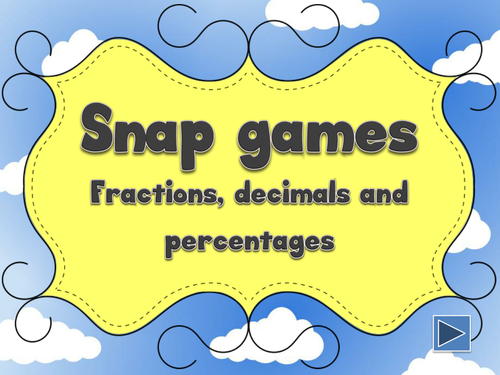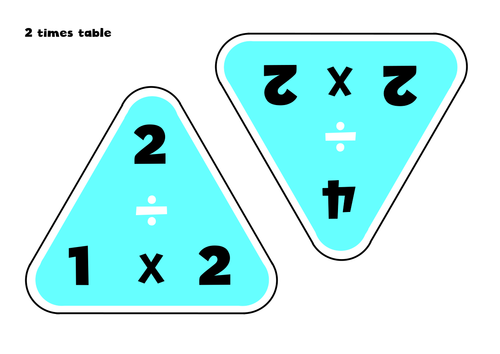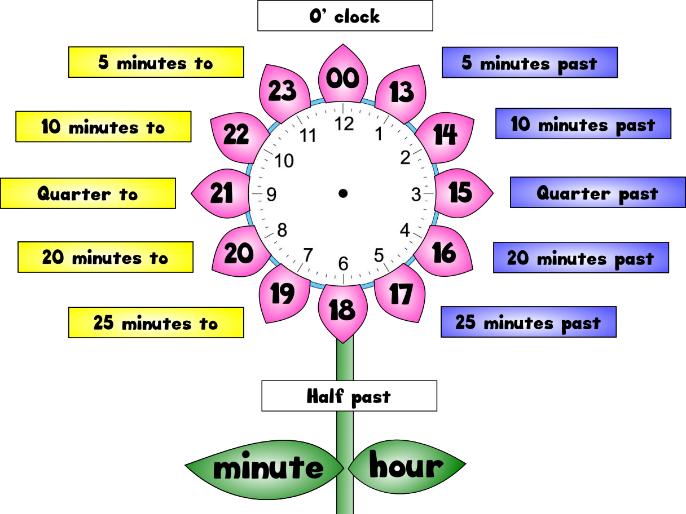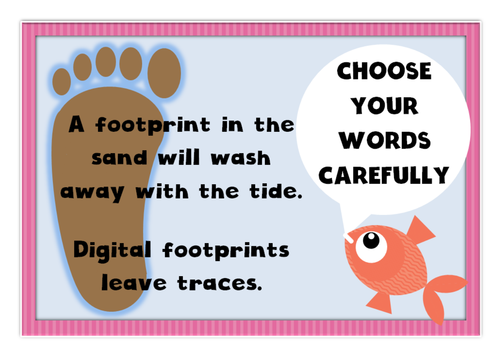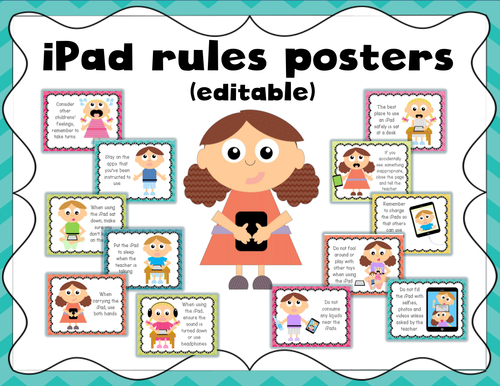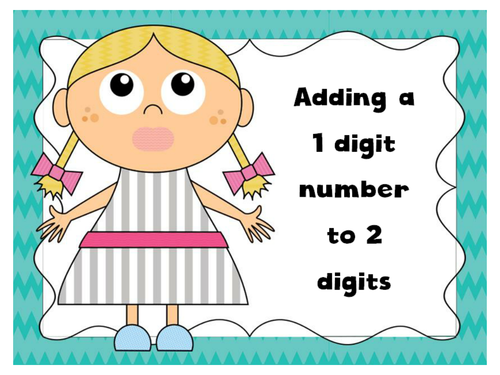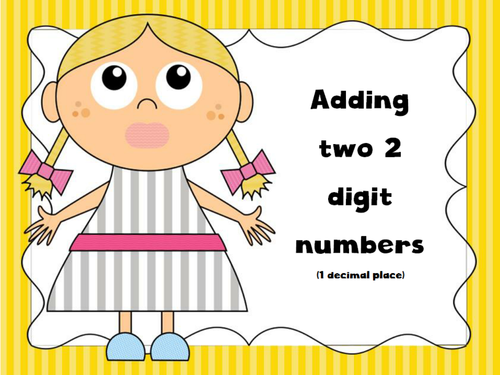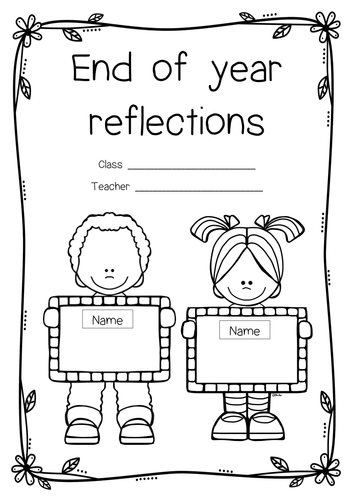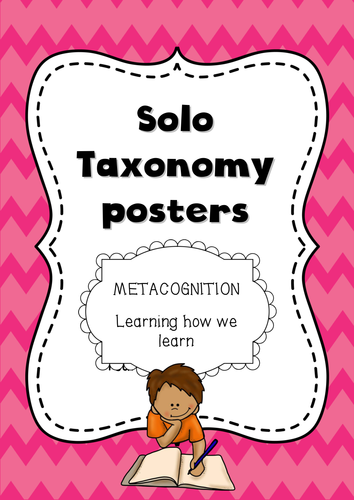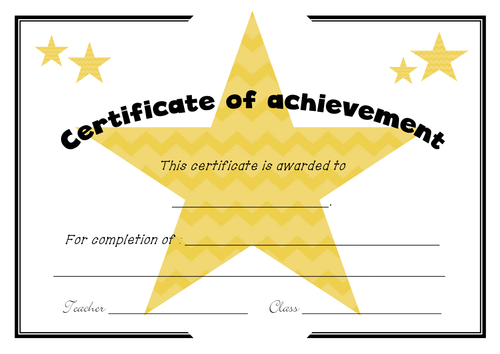
60Uploads
37k+Views
25k+Downloads
All resources

FUN colouring division with remainders, times tables 2-10
9 colouring sheets for fun differentiated times table practice. Answers are included as are times tables cards for LA.
Pupils need to calculate the remainders for each number, follow the key at the foot of the page and colour the boxes accordingly. Pupils guess the picture at the end.

Back to school fun interactive quiz - editable
Start or end lessons with this fun interactive whiteboard quiz.
QUESTIONS ARE ONLY GIVEN AS EXAMPLES. Choose YOUR OWN 6 questions to test their knowledge and type the questions, two incorrect answers and the correct answer on the slides prior to the lesson.
You can also delete the title text (Back to school quiz) and insert your own to re-use the presentation over and over for different topics. Use this quiz as both an interesting introduction or successful plenary.
Pupils click on a bowling pin which takes them straight to a question with two wrong answers and one correct answer. When they click on the bowling ball next to the incorrect answer it shakes to show that it was incorrect. When they click on a correct answer it links back to the bowling pins and their pin shoots up in the air.
I hope you enjoy your pimped up introduction or plenary as much as my class do.

Fractions, decimals and percentages - fun interactive white board games
6 enjoyable snap games focusing on two elements at a time e.g. fractions to decimals, starting with easier matches e.g. ½ and 0.5 and increasing in complexity.
The first three games are targeted for level 4 (big maths too) and the last three are level 5 questions.
The pupils click on two choices, which are then revealed. If they are incorrect, they need to reset the board. If they are correct, they may continue until they match two incorrect tiles. The game needs instruction initially, as with the limits of PowerPoint, it will not say if the matches are correct or not.
They can be used as a fun introduction, plenary or independent games. The games will work on an iPad that has PowerPoint. The game can be sent to the iPad as an email attachment or through Dropbox / Google Drive and opened with PowerPoint.
There is one larger version with sound and a smaller version without. Both have the same questions.

Introduction to the language of probability quiz
Fun game / presentation to introduce the language of probability.
It uses the terms; Impossible, Very unlikely, Unlikely, Even chance, Likely, Very likely and Certain.
There is a brief introduction and these slides can be removed if you wish, including rules of the game.
The board has 12 interactive questions where pupils click on their choice before the question is revealed. There are 7 possible answers to each question. Clicking the wrong answer will make the answer shake to indicate that it is wrong. When a correct answer is chosen, it will take you back to the question board.
You can keep a record of the scores when the presentation is active by typing them in yourself on the question screen. It is also possible to name the teams in the same way.

Fact family triangles and worksheets
10 sets of fact family triangles (tables 2 – 10).
12 fact family worksheets (tables 2 – 12).

Class clock display for KS2
Pimp up your class clock with this display that turns it into a teaching resource.
You have a choice of 24 hour clock or minutes.

Wall clock in Welsh, Cloc CA2 barod i lamyneiddio
Arddangosfa cloc am eich dosbarth. Addurnwch eich cloc ddiflas fel ei fod yn adnodd ar gyfer gwersi Mathemateg.
Barod i lamyneiddio a gosod fel y llun.

Equivalent fractions fun introduction game (1/2 and 1/3)
My new thing in class is not to introduce work but rather start at the end, with a quiz. Can they remember what they’ve learnt previously? Can they discover the concepts on their own? Let’s guess / infer together? We can get it wrong, but let’s try. (Metacognition)
This fractions game isn’t straight forward. The halves are pictured as 3/6, 2/4 etc. so this would be the next step on from simply naming fractions. It’s an introduction to equivalent fractions (1/2 and 1/3).
The game is interactive, with the aim of popping all of the bubbles. Press a bubble to choose a question. Press the correct answer on the question slide and you return to the question screen with your bubble popped. Press a wrong answer and it simply shakes. Keep going until you choose the correct one.
You can keep a record of the scores when the presentation is active by typing them in yourself on the question screen. It is also possible to name the teams in the same way.

5 Weeks Mastery interactive Mathematics PowerPoints and resources – Reception, Weeks 2-6
Please download week 1 for FREE first to see the product examples https://www.tes.com/teaching-resource/mastery-weekly-interactive-mathematics-powerpoints-reception-counting-number-recognition-double-11961922
I created these because I had no resources and they turned out to be amazing! They proved so successful with the children and the two other Reception teachers; I continued to produce them for the rest of the year. Worksheets, matching games etc. are included.
You will receive 5 interactive PowerPoints. A list of their contents. Worksheets, games and activities I created to support their learning.
I use each presentation at least 3 if not 4 times a week prior to Maths session. By the end of the week those who were struggling on Monday had a better understanding by the end of the week. The children are chosen to come to the whiteboard for most of the PowerPoint pages e.g. to pop the bubbles whilst counting down from 10, which they love (with improved listening skills!).
Many concepts e.g. the idea of zero or addition are much easier to understand visually e.g. eating all of the cakes (gone) or combining items (altogether), telling number stories.
The PowerPoints start from scratch. Unfortunately, the difference between the highest achiever and lowest at Reception can be enormous and my philosophy is ‘no one left behind’. They change pace quickly and certain aspects such as the ‘doubling bunny’ rely on repetition and learning ‘the action’ (children physically perform it) so that they can say the answers before tackling the maths later on in the year.
Each lesson begins with:
Shape discussion (click the shape to make it dance),
Counting upwards (from the number of the week),
Counting from 10 to zero (clicking on the images so that they disappear one by one).
Different concepts are then added each time.
I have created these PowerPoints to satisfy:
• Maths mastery,
• Little Big Maths,
• The Welsh foundation phase curriculum / English eyfs curriculum,
• Individual profiles (Reception),
• It introduces the part part whole aspect of Singapore Maths and also the bar method (later on),
• It also utilises ideas from the White Rose Maths.
Week one is free so that you can see how this works in your class. The rest are in half termly packs.

Road numbers for number tracing with a toy car
These race car numbers can be used in a variety of ways. They can be used as a wall display (or other display), they can be an arranging task, they can be used as an activity for ‘driving’ a toy car around the shape correctly or can be traced.
The boys particularly liked these when introducing numbers to the class.
The clip art images can be inserted into any worksheet of your own creation too.
I have created these because the ones I’ve found have the incorrect formation for 4, 5 and 9.
I have used these digits (without the lines) for these resources too;
https://www.tes.com/teaching-resource/number-fans-and-also-numicon-dice-2d-shapes-3d-shapes-coins-and-fractions-11961251
https://www.tes.com/teaching-resource/numbers-posters-1-20-display-11961553

Numicon bingo game 1 - 6, numicon bingo 5 - 10 and numicon picture cards
This is a great way to introduce and learn numicon values by playing 1-6 bingo or 5 - 10 bingo. You can differentiate by using both.
The picture cards are for one to one matching, actual numicon sizes. A perfect activity to compliment shape and colour recognition.
Numicon bingo is on the White Rose maths hub scheme for

Digital competence / citizenship / internet safety posters
9 posters to introduce digital awareness and internet safety to the primary classroom covering a variety of issues with slogans e.g. adult supervision = wise decision.

IPad rules printable posters (editable)
I’ve been fortunate enough to have iPads in my class for over two years and I finally realised that I need a set of rules that I can establish at the start of the year.
I’ve produced these as I wanted to add my own ideas. I appreciate that you too might want to amend / add to these, therefore I have produced:
• 13 rules that I will be using in my class (ready to print),
• The same 13 rules but in an ‘I will’ format,
• 17 editable posters (including blanks of the 13 I am using) and
• 2 blanks as extras.

Whiteboard practice PowerPoints, addition (2d + 1d), Big Maths CLIC session
4 PowerPoints to use alongside the Big Maths clic sessions. I also use them as whiteboard sessions at the beginning of Maths lessons. The first one has number bonds under 10 and the last three cross e.g. 12 + 6, 55 + 9.
There are 10 pages to each PowerPoint which I have been using in year 4 but are more suitable for younger years.

Whiteboard practice PowerPoints, addition of decimals, Big Maths CLIC session
4 PowerPoints to use alongside the Big Maths click sessions. I also use them as whiteboard sessions at the beginning of Maths lessons. The first two have number bonds under 10 and the last two cross e.g. 1.2 + 2.5, 4.7 + 3.8.
There are 5 pages to each PowerPoint which I have been using in year 4.

End of year booklet, transition to next year
15 page transition booklet with end of year worksheets that were written for year 4 but are suitable for other years. Activities include reflecting, demonstrating Mathematical problem solving skills, the school day, friends, achievements, letter to new teacher etc. They can easily be used as single worksheet as an instructed task or be given to the class to work independently.
*Mae versiwn Cymraeg ar gael ar wahan hefyd.*

Oliver Twist Real Reads Year 3 / 4
Resources included for year 3 / 4 Real Reads version of Oliver Twist. Activities include: prediction, vocabulary generation, descriptive writing, question enquiry, recount activity, wanted poster.
There is also detailed planning for the first week of activities

Solo taxonomy and Metacognition class posters
Metacognition or learning how we learn is the buzz word at the moment. Aside from introducing this idea to your pupils and pondering what sort of learner you are yourself! you will need some sort of tool for reference in class.
I have devised these posters to use prior to the class starting work. They have exceeded my expectations with how well they work and what impact they've had in the class.

Certificate with editable version
A general certificate to celebrate achievement. There are 4 different versions saved as PDFs. I have also included an editable version (other than the title).

Times tables in numbers - Display, cliparts and posters, skip counting 2-12 tables
I have created these to use in my class next year and am so pleased with how they’ve turned out. I have only created them to 10x.
I have included a Powerpoint presentation to learn the 2x times table and black and white copies that you can use on worksheets.
I hope you enjoy too.



